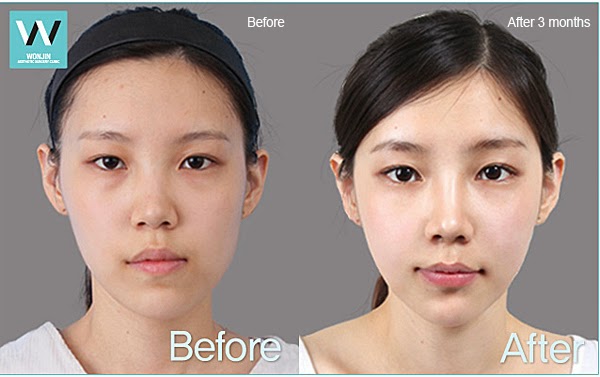Hair Transplant surgery
Increasing patients with hair loss, it is important to
perform proper hair transplant surgery depending on the symptoms.
Nowadays, people who stress out themselves with hair loss
are gradually increasing. The number of young victims in their 20s~30s
especially are quickly growing. Most people start to realize their symptoms based
on the amount of hair loss, but the causes of hair loss vary. The most common
form of hair loss is male pattern alopecia and the others are female pattern
alopecia and telogen alopecia.
Male pattern alopecia is usually due to genetic reasons
and male hormones called Androgen, and this leads to a great possibility of
M-shaped baldness. On the other hand, female pattern alopecia’s symptoms have
less possibility of baldness, but rather the hairs get thinner and fall off. Telogen
alopecia refer to a temporary symptom which happen due to severe mental and
physical stresses such as autoimmune diseases, endocrinopathy, nutrient
deficiency, medications, childbirth and fevers etc.
For people who suffer from alopecia, hair transplant surgery can be their hope. Hair transplant is a procedure wherein the follicles are extracted from the areas where there are sufficient hairs and are engrafted onto the areas that lack hair.
Healthy follicles are engrafted on the scalps that have lost hair due to alopecia in order to enhance hair growth.
The hair transplant methods differ from incisional to
non-incisional depending on how the follicles are extracted. Incisional hair
transplant excises the scalp from the occipital region (back of the head) and
separates the follicles; This method has an advantage of transplanting a big
number of hairs, but requires recovery time as incisions, sutures and scars are
involved.
Non-incisional hair transplant is where the hairs located
on the occipital region are shaved and follicles are extracted and engrafted
onto the necessary areas. This method only harvests the follicles of thick and
healthy hairs, and therefore leads to a high engraftment rate. Also, as it
doesn’t involve any incision, there is no scar and has short recovery time.
However, hair transplant surgery could lead to side
effects such as bleeding, scalp pains, scar, folliculitis etc. depending on the
conditions of each individual. Therefore, it is important to check on the
examination system, medical devices and post-operative care system. It is very
important especially, to have a thorough consultation with a doctor who has a
lot of clinical experiences and high understanding of the field before
proceeding with the surgery.
According to Wonjin Plastic Surgery Hospital, “Hair
transplant procedures must be performed based on the patient’s hair loss form.
Also, it is very important to precisely analyze the scalp thickness,
elasticity, degree of the hair loss stage and the hair forms of the patient in
order to design and diagnose on the proper method for each person.
Advice from: Dr. Park Won Jin from Wonjin plastic surgery hospital













Comments
Post a Comment